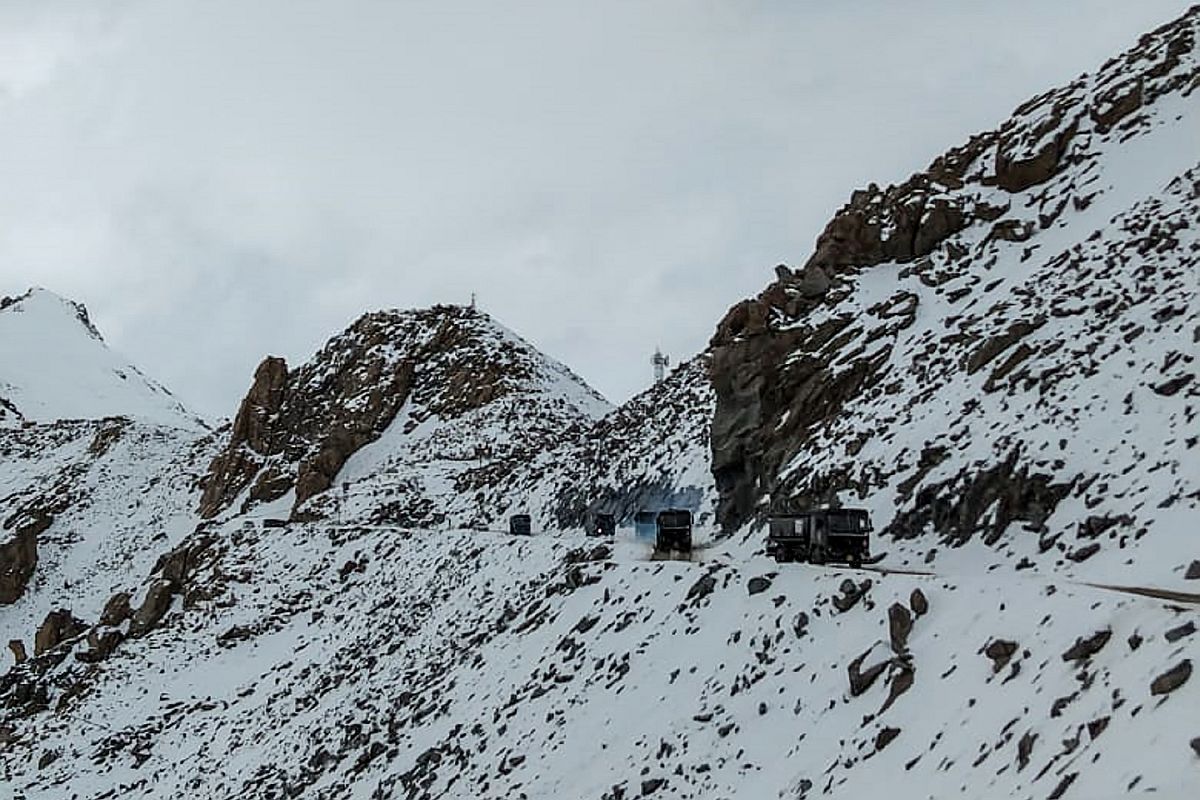Amid tension at the borders, top Indian and Chinese military delegations met in Chushul on Tuesday to resolve the ongoing dispute over Chinese aggression along the Line of Actual Control (LAC) in eastern Ladakh.
This is the third Corps Commander-level meeting after the first one on June 6 happened to defuse the tensions.
This time the talks are being held in Chushul on the Indian side. The last two meetings were held in Moldo on the Chinese side.
The second such meeting was on June 22, which was claimed to be held in a “cordial, positive and constructive atmosphere”.
The Indian Army had stated that there was “mutual consensus to disengage” along the Line of Actual Control during the senior military-level meeting.
The modalities for disengagement from all friction areas in eastern Ladakh were also discussed.
However, defying the agreed mutual consensus to disengage, Chinese People’s Liberation Army troops this week returned to Patrolling Post 14 on the Line of Actual Control in Galwan valley in eastern Ladakh.
The PLA had even reportedly set up tents and an observation point exactly where it was on June 15, sources quoted by IANS said, adding that the Chinese have returned with huge reinforcements even after they have agreed to withdraw their troops and dismantle their setups.
The situation in the four flash points — Galwan Valley, Hot Springs, Depsang and Pangong Lake — in Eastern Ladakh still remains tense despite military-level talks.
India also increased deployment of forces and big guns by manifold across these places as the tension has escalated, said a senior government official, adding that China too has been building defence infrastructure on the other side.
At Pangong Lake, Chinese troops moved up to Finger 4 where they brought over 120 vehicles and a dozen boats. The Chinese army also opened up a new front in the area near the Depsang Bulge, a table-top plateau north of Galwan. They built camps and deployed vehicles and troops.
The build up by the Chinese army again started at Patrol Point 14 in Galwan, Patrol Point 15 in Kongka La and Patrol Point 17 in Hot Springs, even though they had agreed to remove defence infrastructure.
The second meeting between 14 Corps commander Lieutenant General Harinder Singh and South Xinjiang Military District chief Major General Liu Lin happened on the lines of the one they held at the Chushul-Moldo border personnel meeting (BPM) point in eastern Ladakh on June 6.
However, even after the June 6 meeting, an unprecedented violent clash took place in Galwan Valley on the night of June 15 at the Line of Actual Control with Chinese People’s Liberation Army soldiers attacking a small group of Indian Army men on patrol, resulting in fatalities which included the commanding officer of the Indian Army.
India lost 20 of its soldiers in the violent face-off.
Those were the first casualties faced by the Indian Army in a clash with the People’s Liberation Army since 1975 when an Indian patrol was ambushed by Chinese troops in Arunachal Pradesh.












